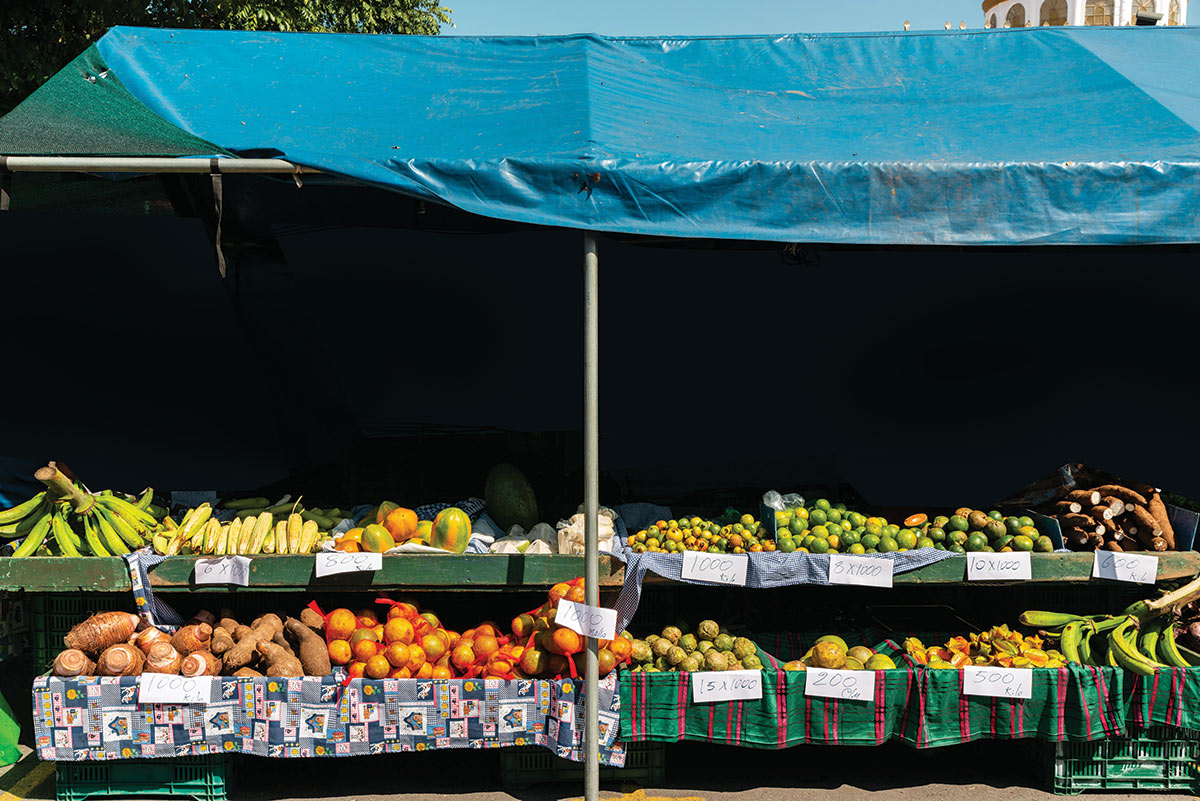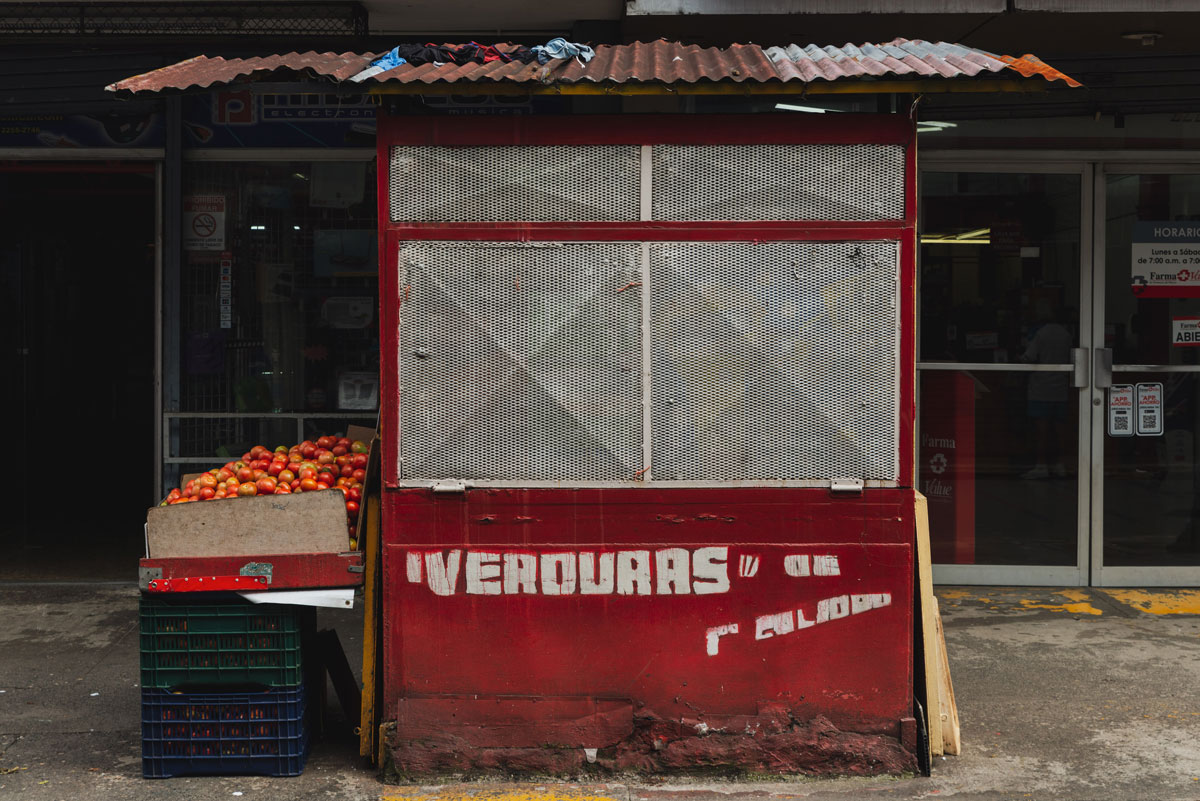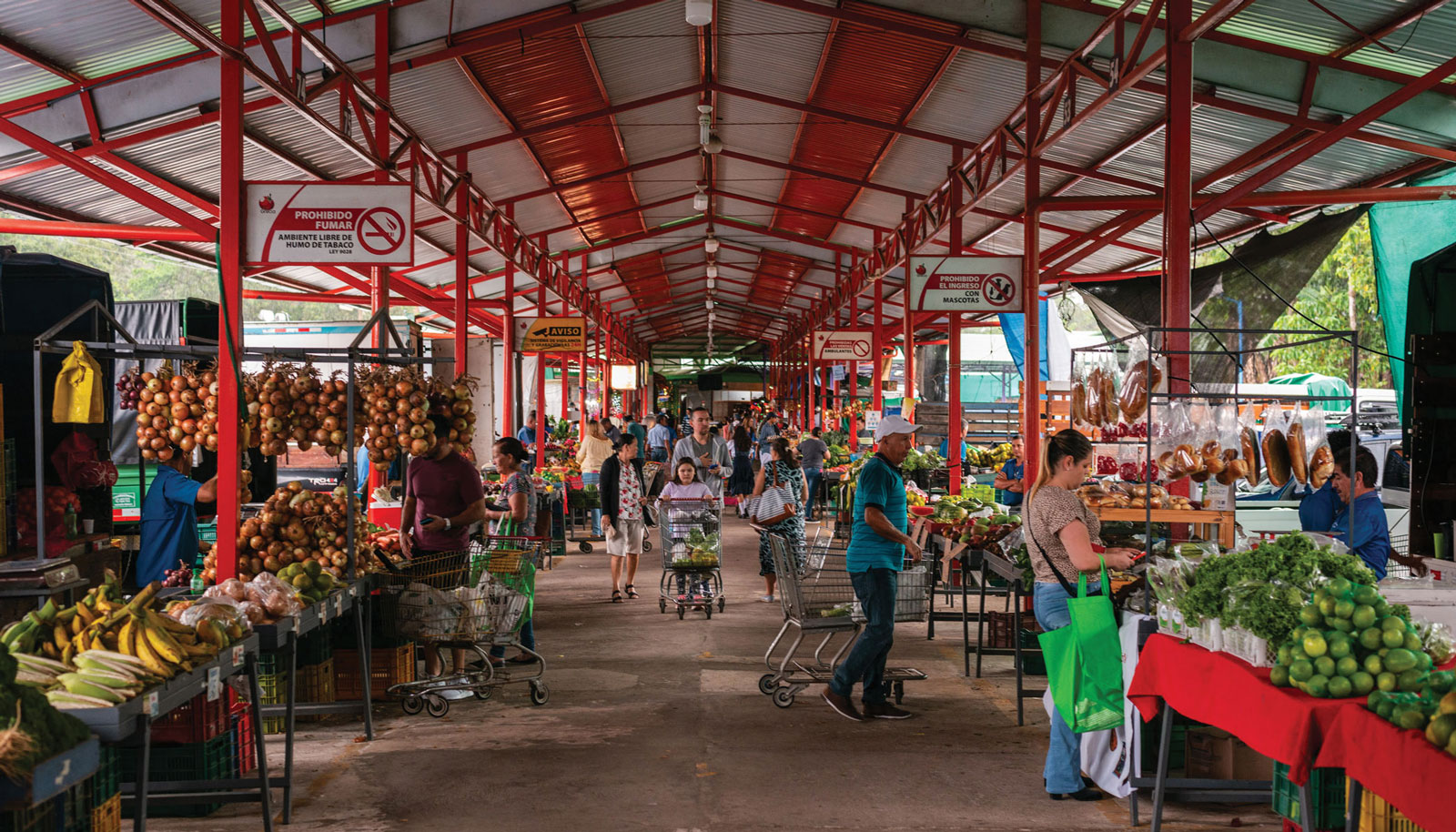With Accidentally Wes Anderson
Photos by Chris Centrella
Every guide about Costa Rica will direct you to visit a farmers market for a true cultural sense of the country. But if it wasn’t for some disgruntled orange growers, these markets may not have flourished to become the community staples they are today.
Once upon a time in Costa Rica, farmers would sell their crops to intermediaries, who sold them to grocery stores, who then sold them to the general public. And all seemed right with the world. But the order of things was disrupted when intermediaries got a little too greedy. They began offering less and less for the farmers’ annual citrus harvest, keeping more and more of the profit for themselves. Then one day, the farmers turned things upside down. On a fateful February 4th in 1979, instead of handing their harvest to the money-grubbing grocery brokers, growers packed up their produce and took their wares to the streets, selling directly to the public in a citrus-fueled protest—and it turned out to be a solid move. In a single day, the crew of farmers sold 31,000 oranges on a street corner of San José. Rather than continuing to be juiced by the middlemen, other small farmers followed suit, setting up makeshift shops around town in a direct-to-consumer fashion, and thus the beginnings of the “farmers market” was born.
The new stalls were a hit among both locals and growers, so the Costa Rican government launched a program establishing official locations for the vendors to set up shop, known as ferias del agricultor. In October that same year, the first official market was opened at Plaza del Zapote and still serves the public today. How ‘bout them oranges?
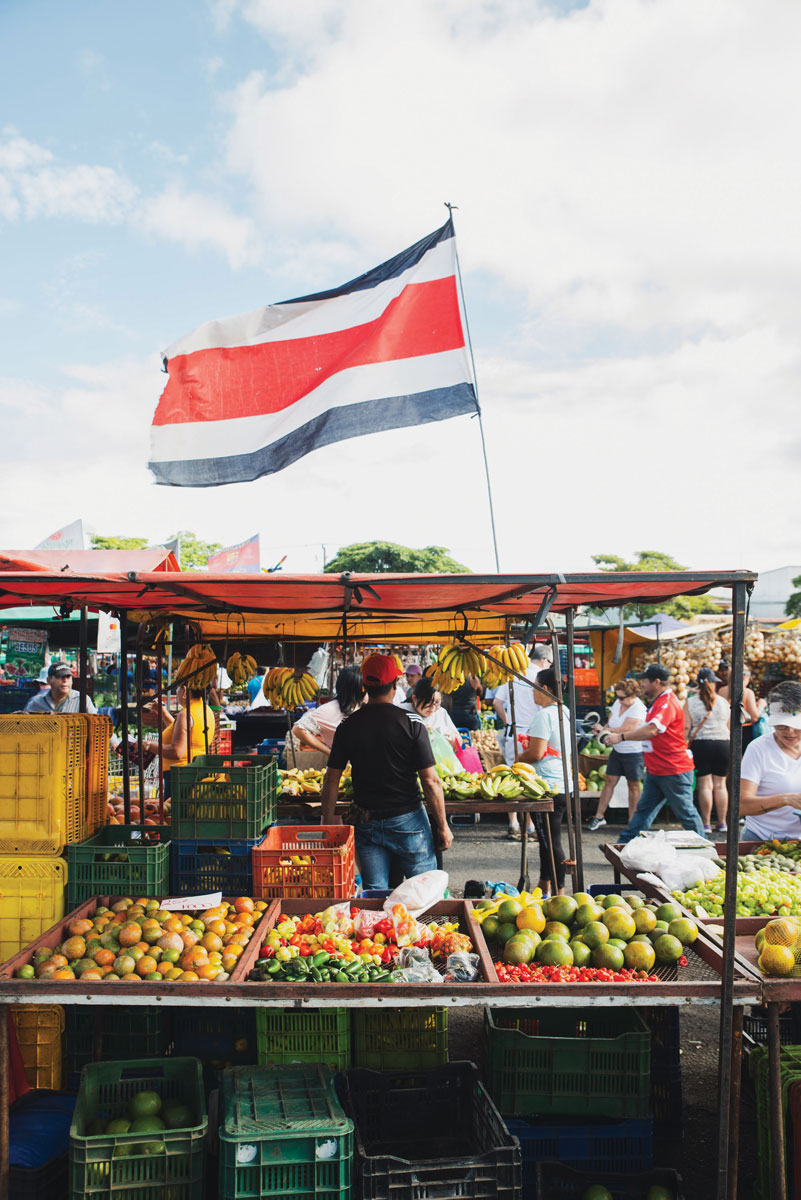
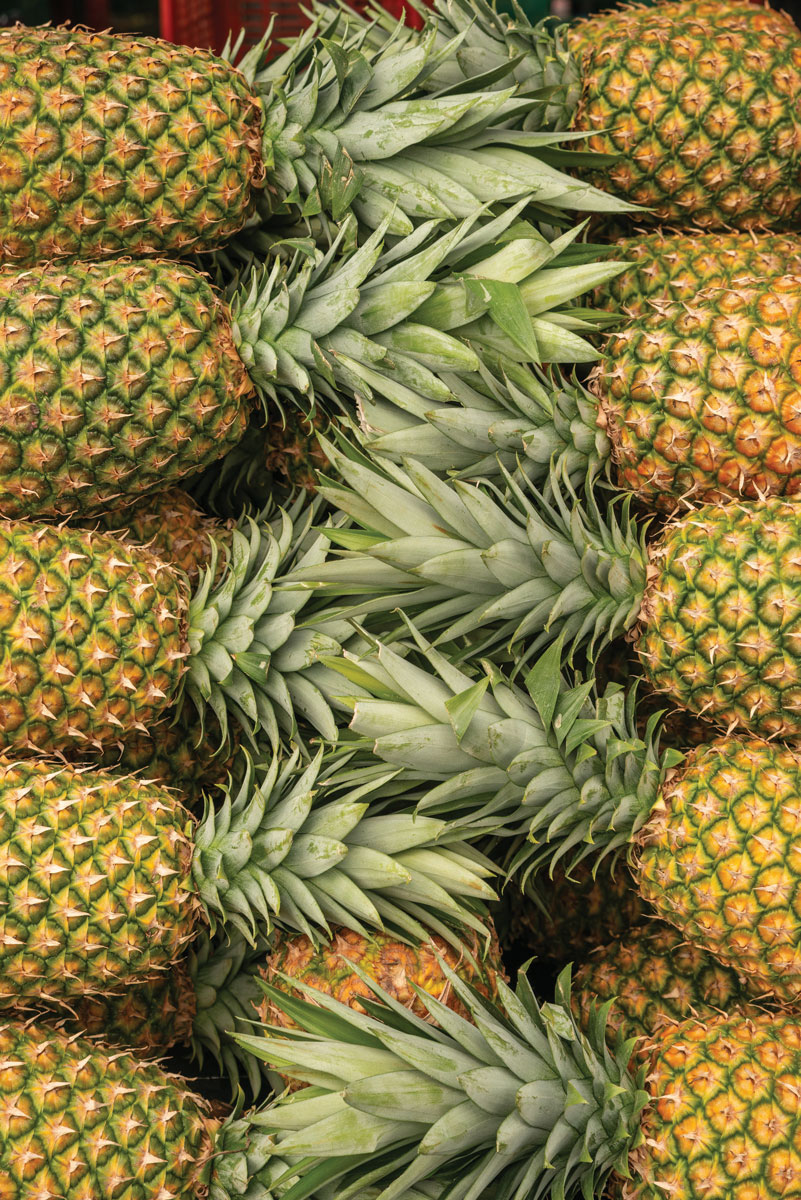
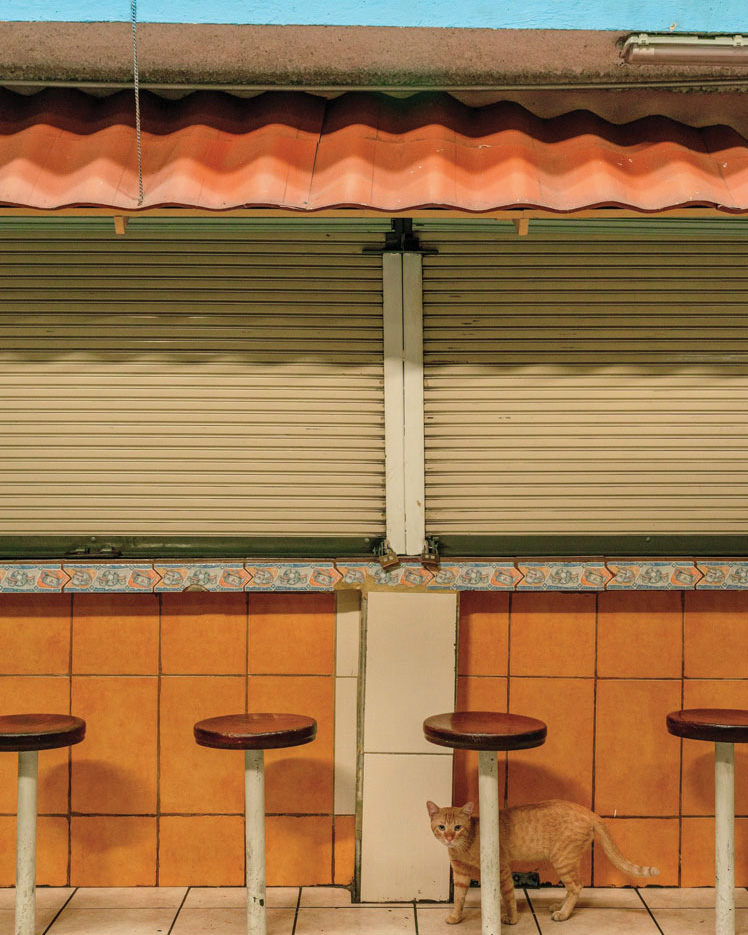
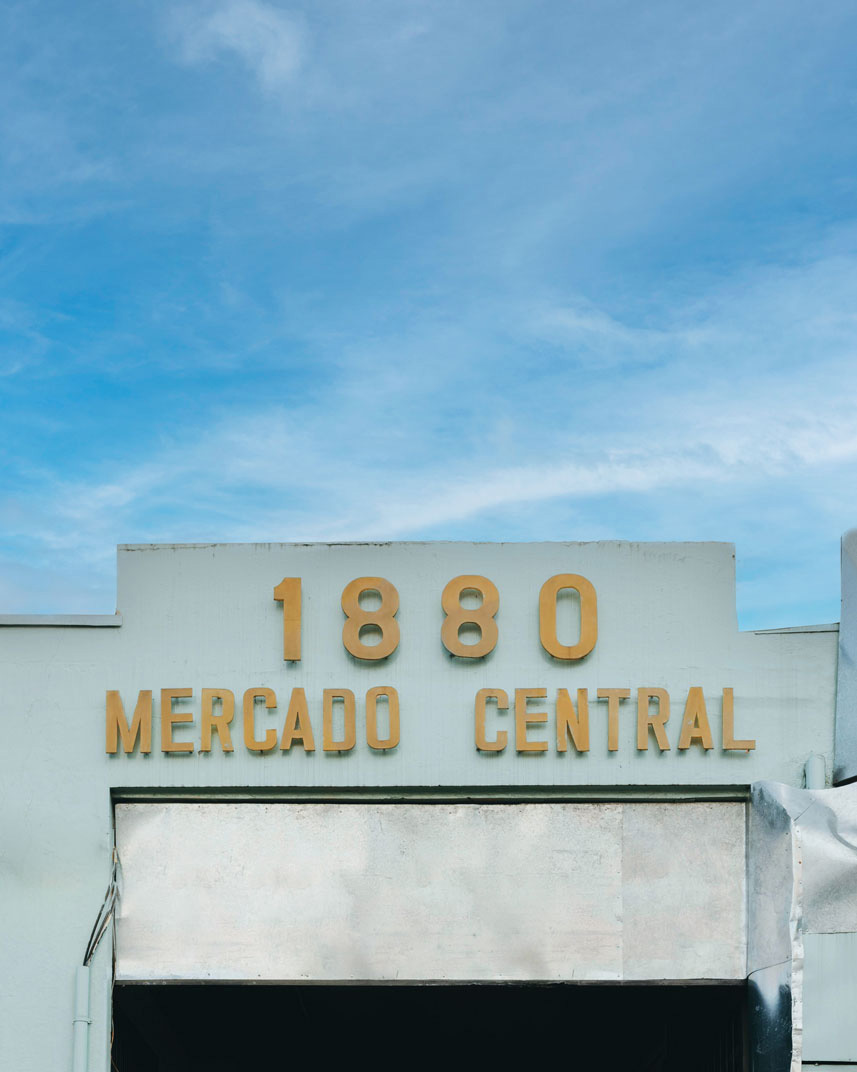
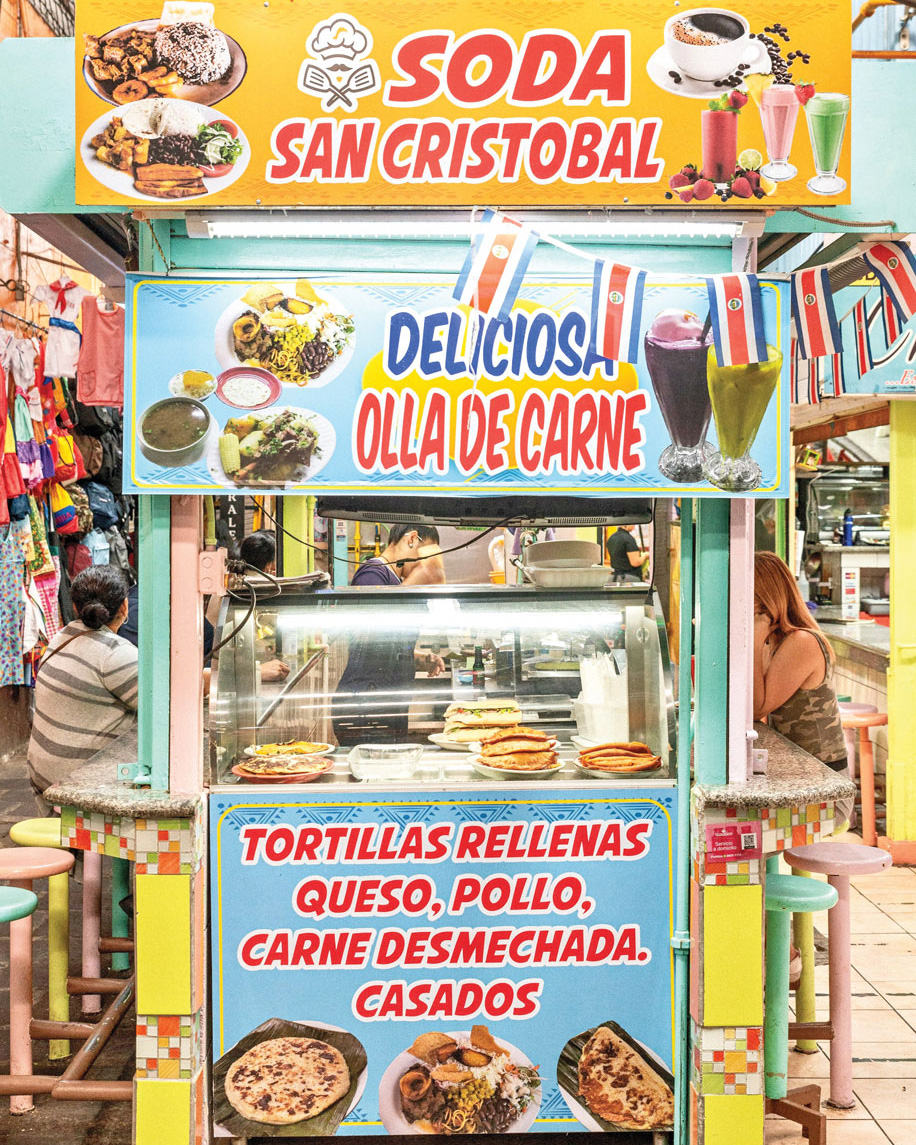
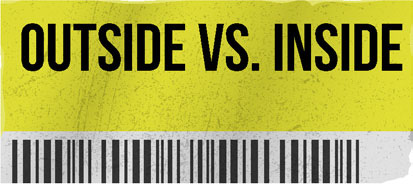
Before farmers markets, there were covered markets. The first was the San José Central Market, which opened its doors in 1880 and has been a bustling hub ever since.
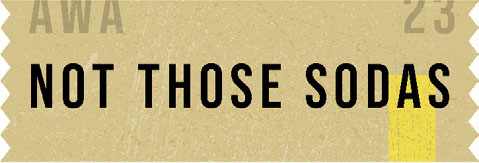
The tight corridors of San José Central Market are most famous for its sodas—and we’re not talking about Dr Pepper. These small, typically mom and pop restaurant stalls serve up authentic Costa Rican dishes, with the oldest operating since 1893.
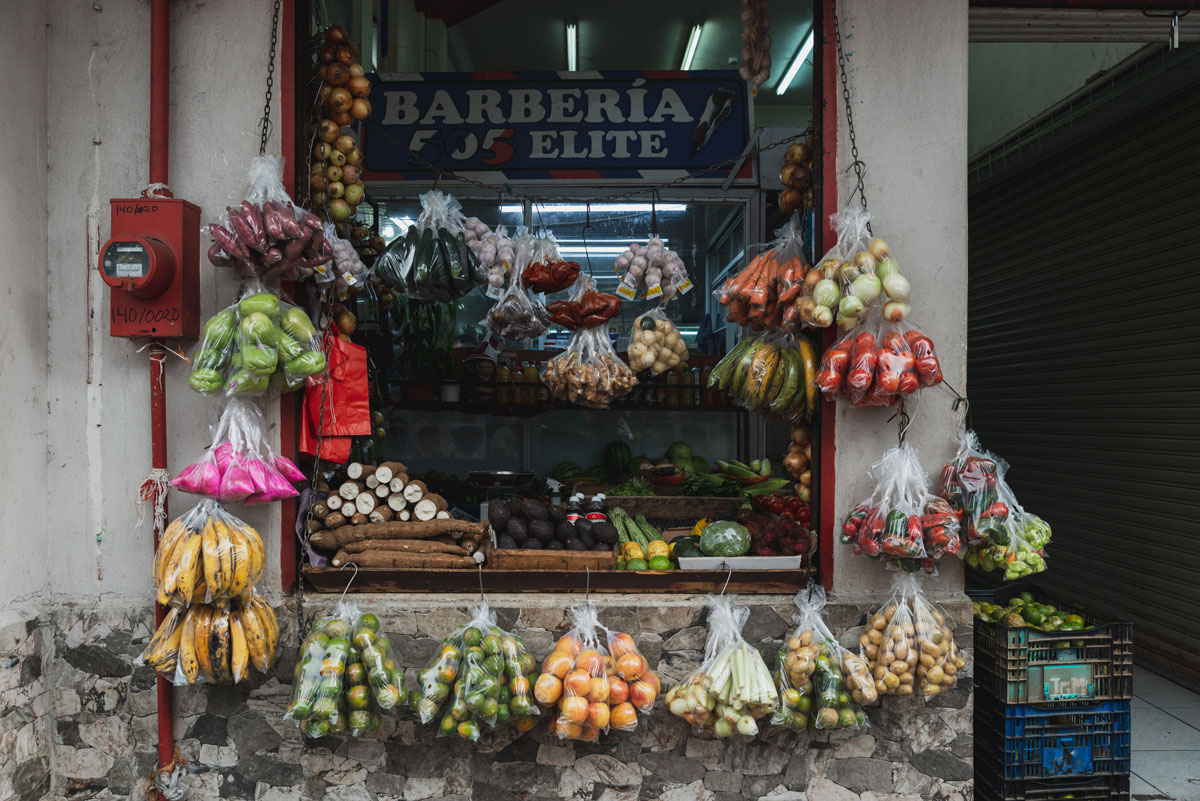
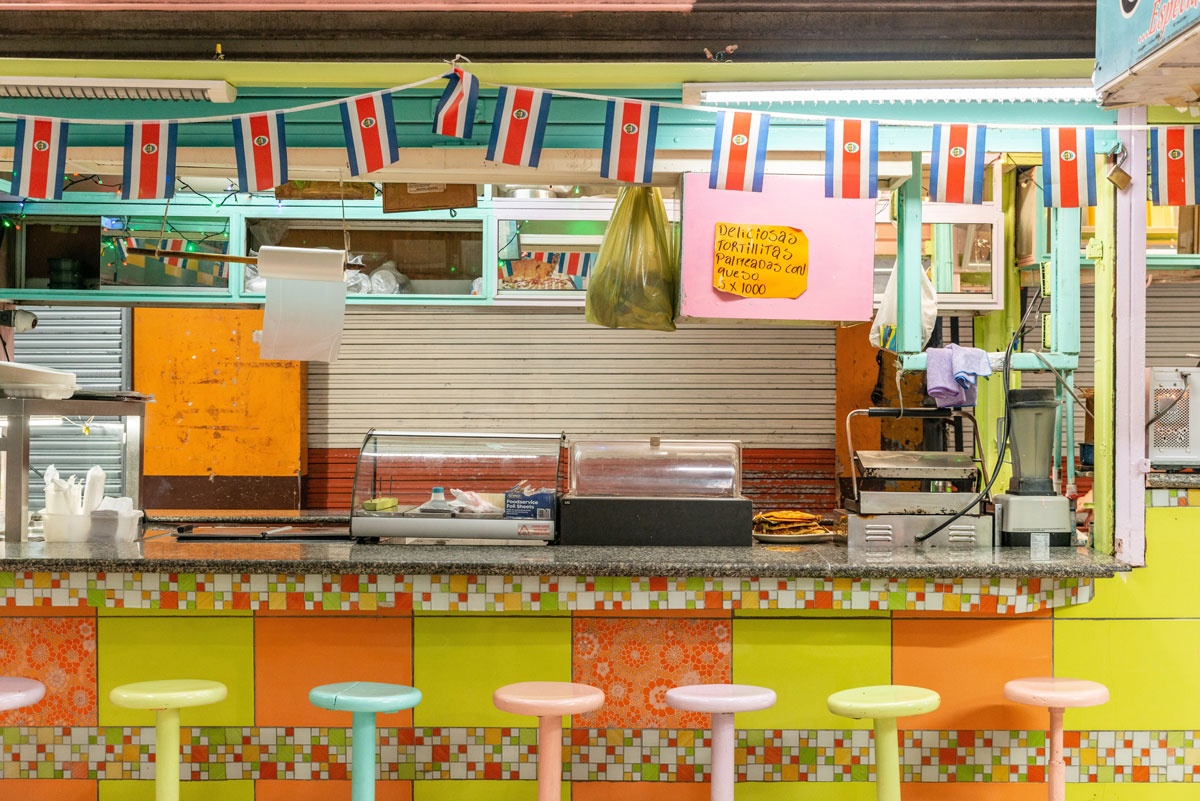
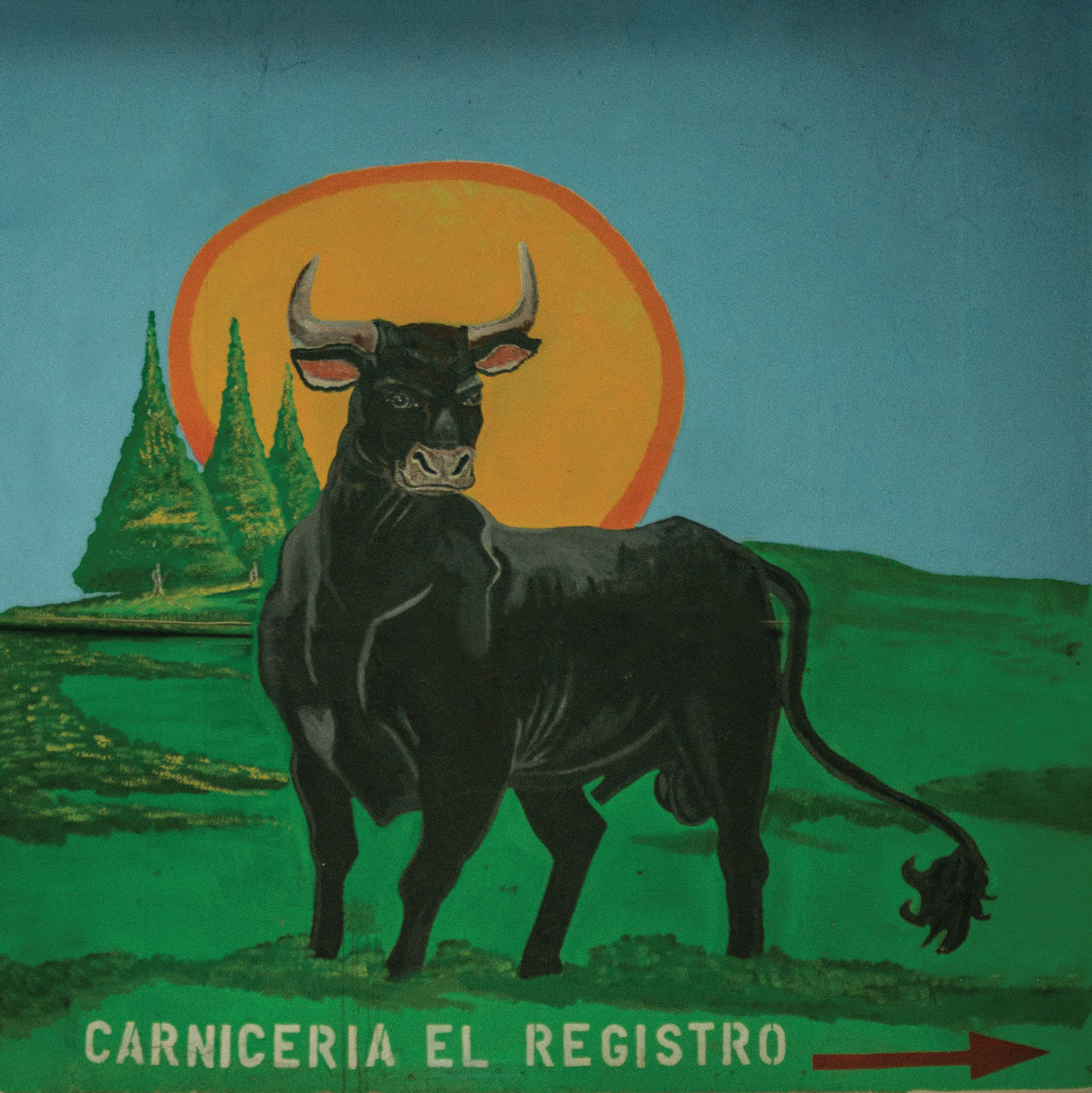
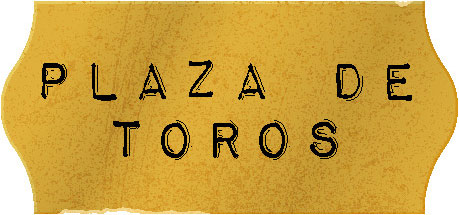
How about lunch and a show? Beyond vendors, the Feria Zapote also has a permanent bullfighting ring—sure, why not—where anyone brave enough is allowed to jump into the ring. We recommend checking your travel insurance.
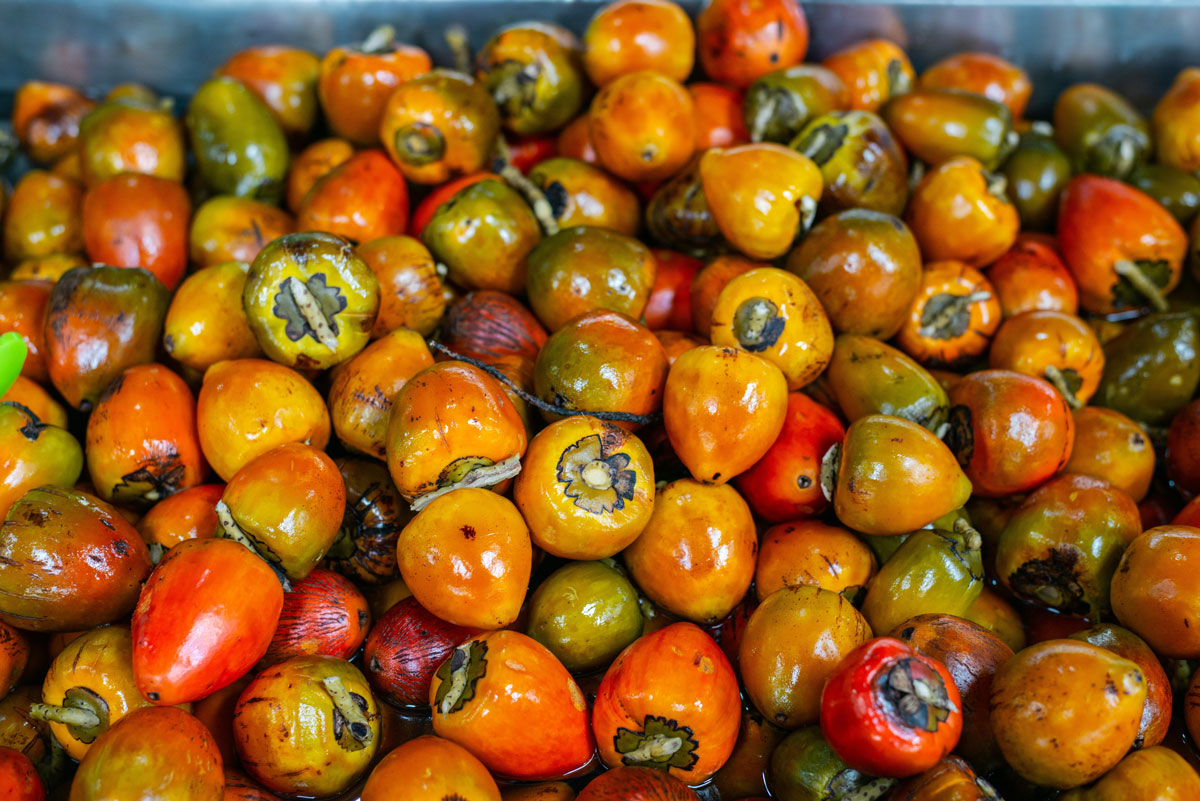
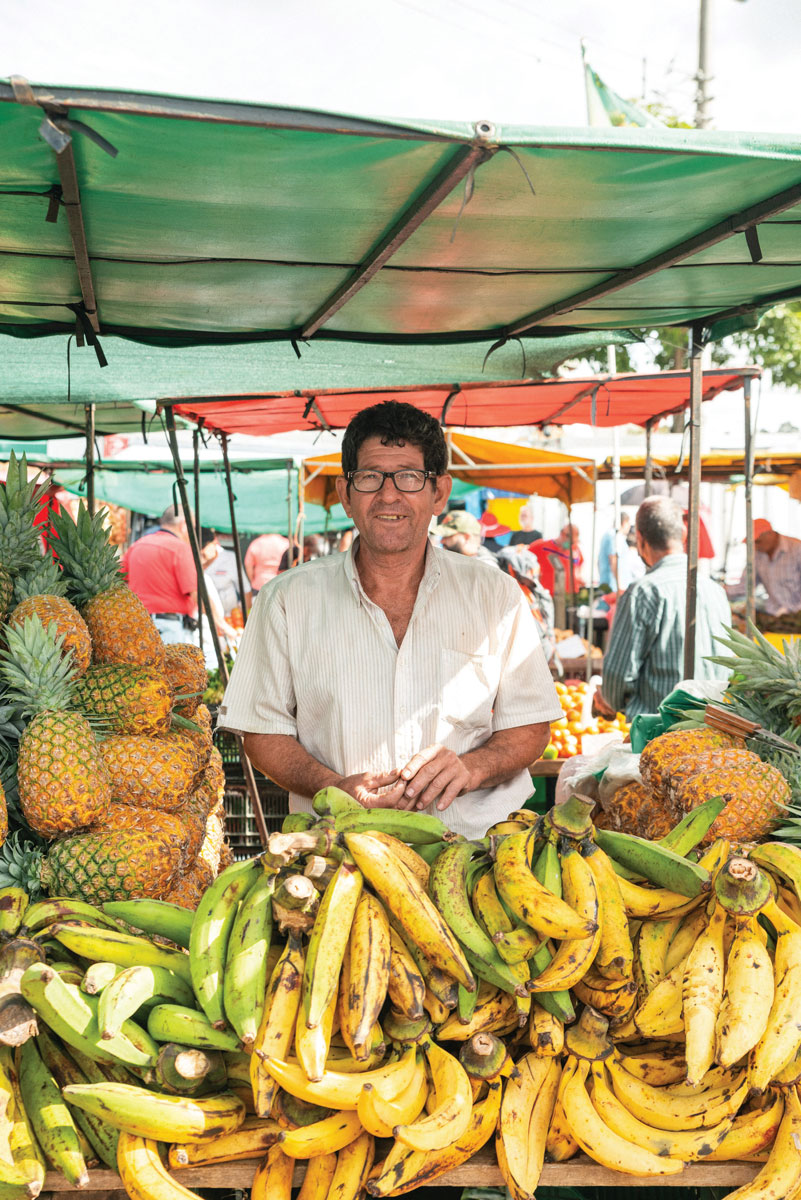

Many locals have been going to the same stalls for generations. In appreciation of loyal patrons, vendors will gift una feria or a small “freebie” to their regulars.
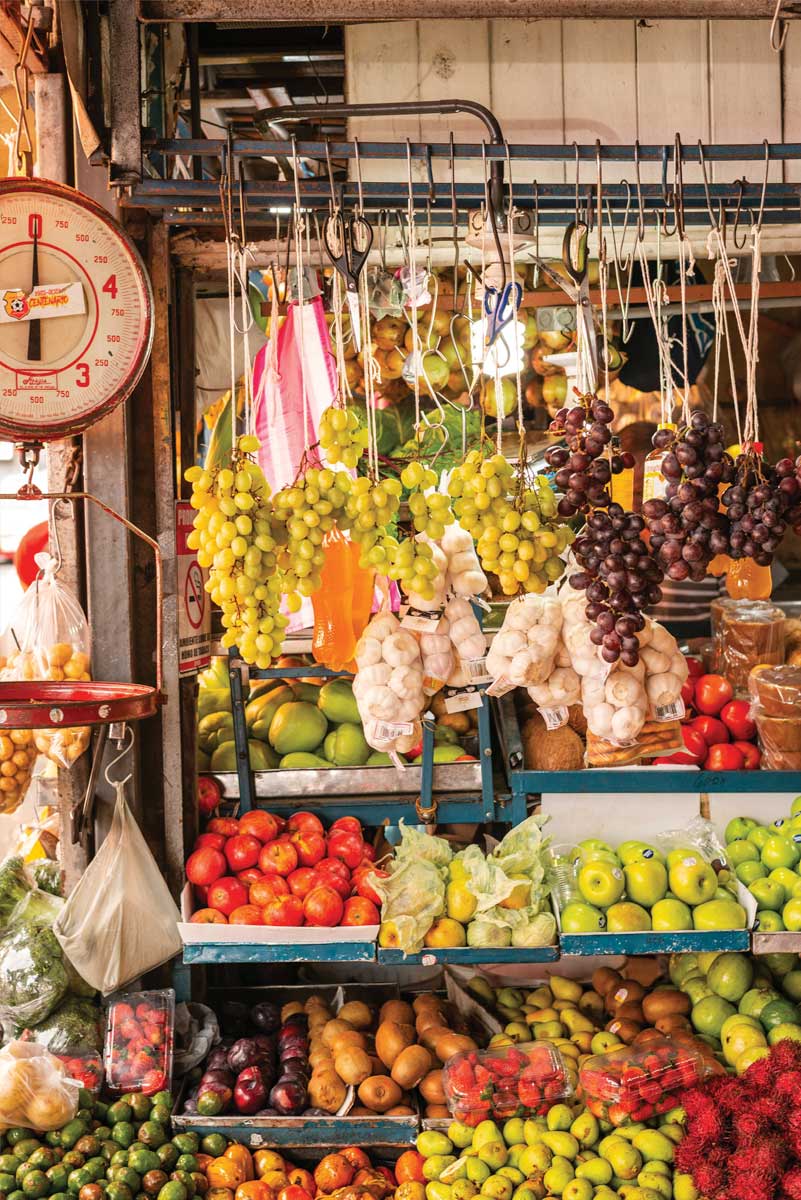
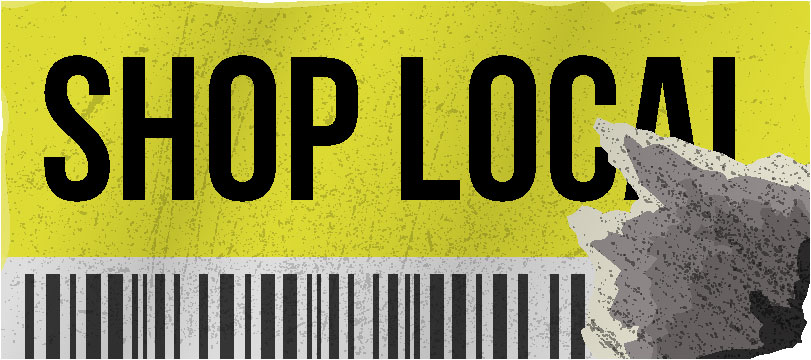
Convenience stores may be, well, convenient, but Costa Ricans still prefer to shop for their produce at ferias for better prices.
Continue the adventure at accidentallywesanderson.com
